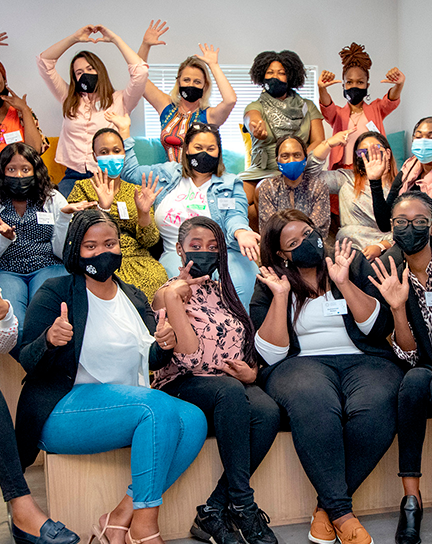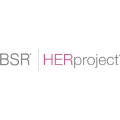Our approach to enabling a responsible supply chain is rooted in our commitment to workers and based on a model of continuous improvement. We have dedicated teams in key sourcing regions that engage directly with suppliers to communicate our standards, evaluate risks in our supply chain, and help suppliers build their capacities to provide working environments that are safe and respectful of human rights. We also work closely with strategic partners across the globe to enhance our impact.
We focus our efforts in six priority commitment areas:












































